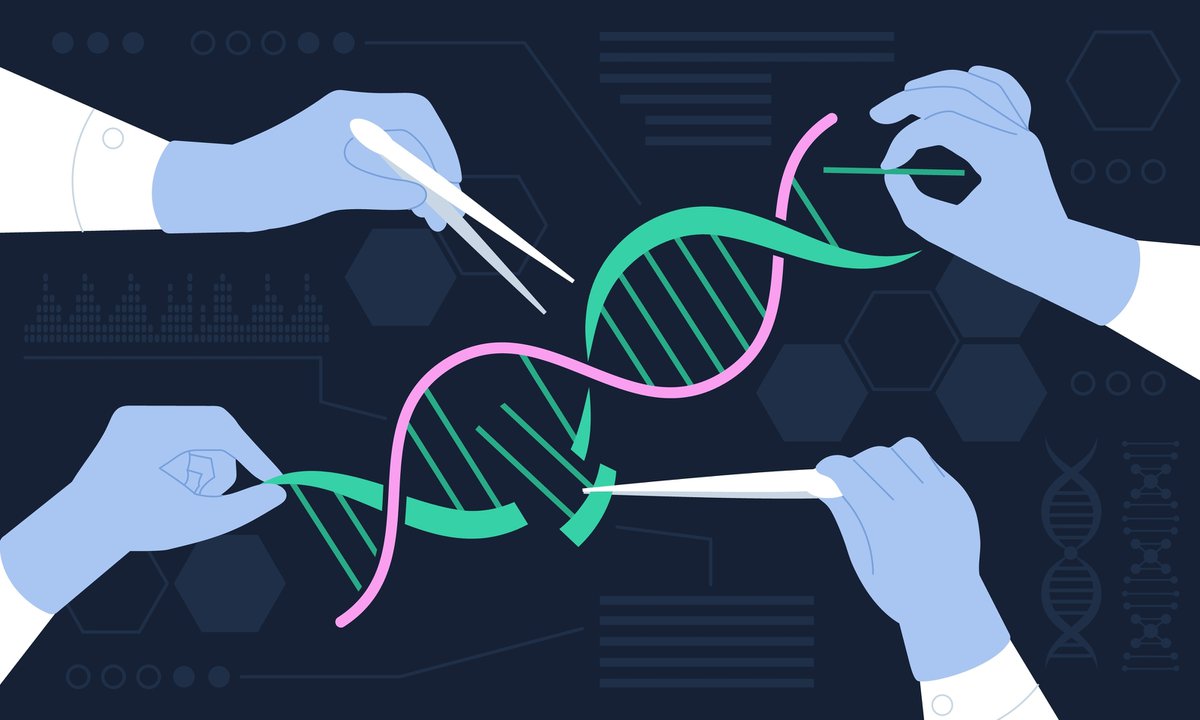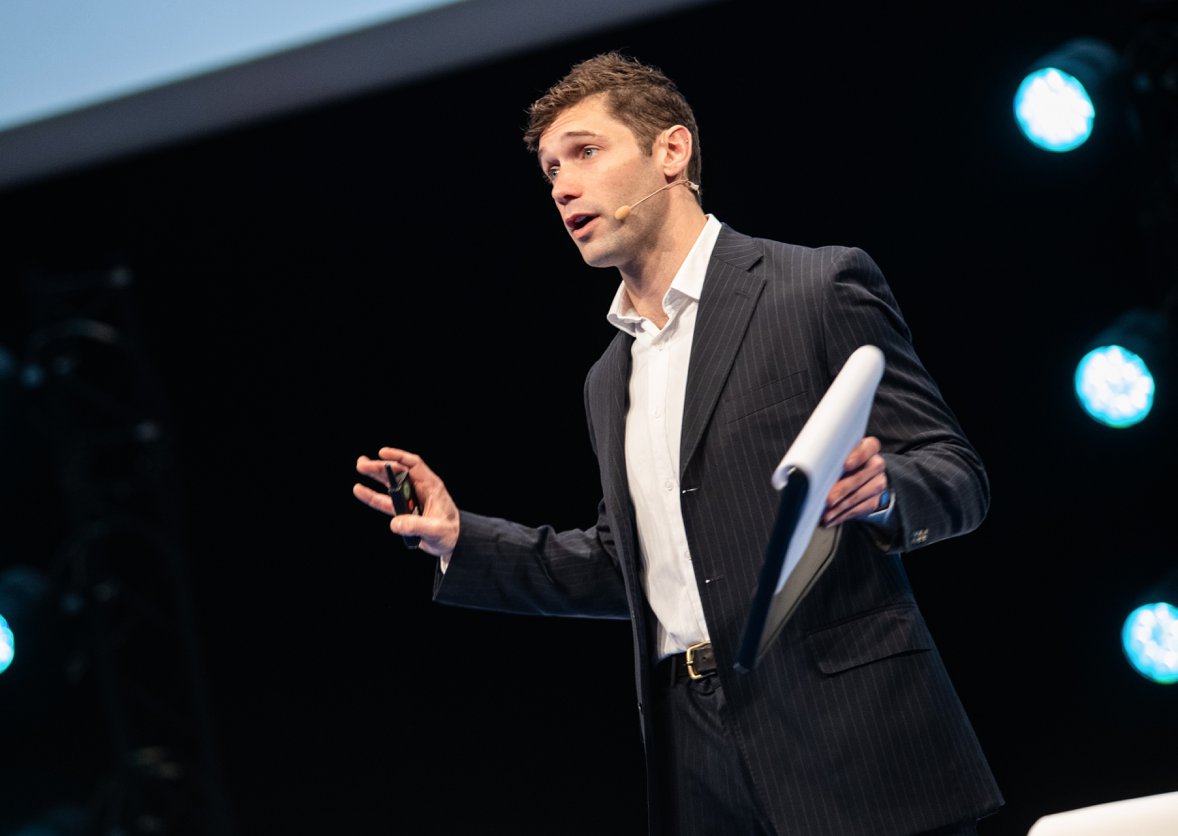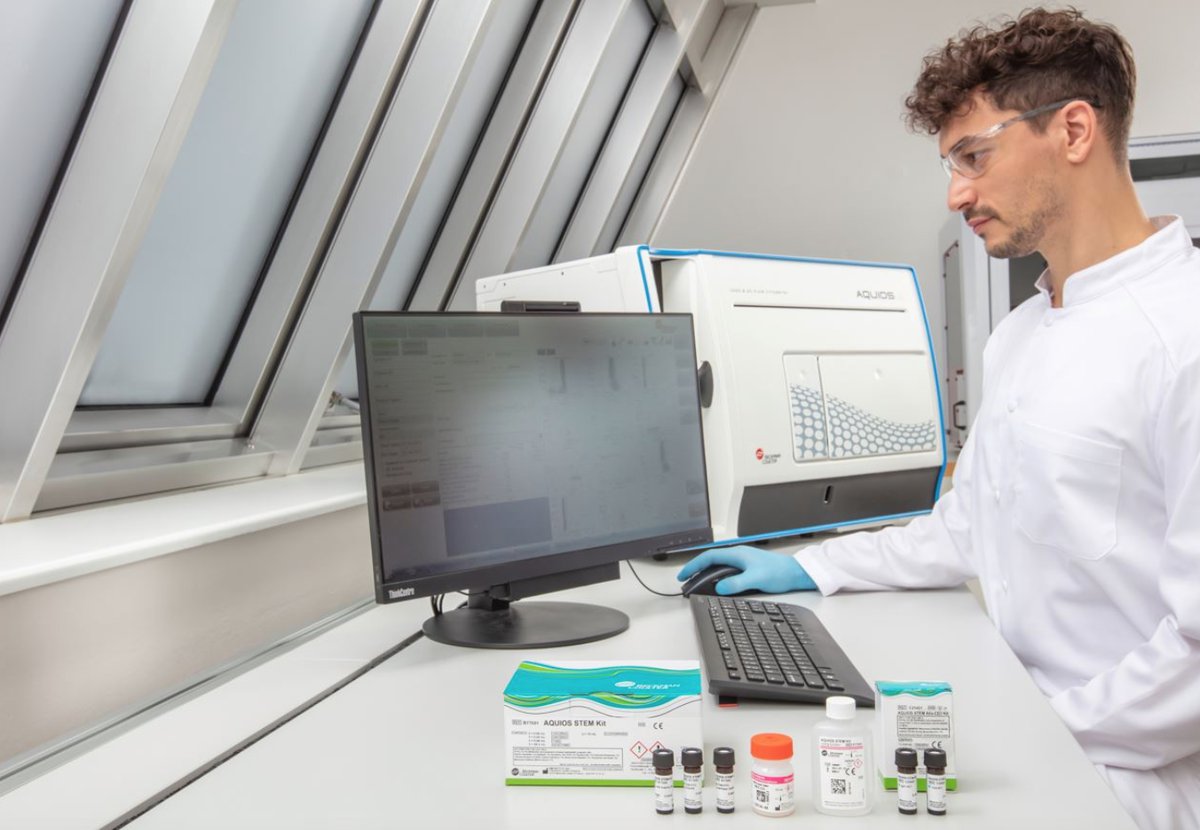Written by: Adriano Leuzzi – Head of Process Development; Angelo Raggioli – Head of Technology Development, ReiThera.
The field of gene therapy is witnessing unprecedented growth, offering promising avenues for treating a myriad of diseases, ranging from rare genetic disorders to complex conditions like cancer. With approximately 700 gene therapy trials underway targeting over 180 diseases, the therapeutic landscape continues to expand, encompassing metabolic disorders, neurological ailments and cardiovascular diseases.
Central to the success of gene therapy is the development of viral vectors such as adeno-associated virus (AAV) vectors, which serve as indispensable vehicles for delivering therapeutic genes into target cells. Still, several challenges remain in bioprocessing for viral-vector gene therapy manufacturing, which are shaping the trajectory of this transformative field.
Scalability and Technology Transfer: Overcoming the Major Hurdles
Scalability remains an obstacle impacting efficiency and preclinical research at all stages. The ability to seamlessly scale up and scale out the production of viral vectors is critical for meeting the increasing demand. Currently, the vast majority of approved viral vector in vivo therapies are produced in adherent transient-transfection systems, but they quickly reach their limits in terms of scalability.
One solution has been the integration of single-use bioreactors and fermenters in upstream processing, which has enabled scalable cultivation and vector production without the need for time-consuming cleaning between batches.
Additionally, switching to suspension culture technologies can offer scalability advantages, with cell-culture vessels easily scalable from shaker flasks to production-scale bioreactors of 2,000 L or more. Large-volume stirred tank bioreactors in suspension cultures improve process controls and consistency while managing costs effectively. Suspension-based platforms facilitate process scalability, simplify manufacturing, improve process productivity and increase process economics and cost-effectiveness.
Another sticking point has been technology transfer, especially when moving from the late stages of process development to pilot production. Determining the target product profile early in bioprocess is a useful approach to prepare, filling the gap in process and product management. Among the critical points for a successful tech transfer process, three components should be taken in consideration as a starting point:
- equipment, in terms of compatibility between the sending and receiving units or plants
- process, and a relative a gap analysis as a useful system to assess potential process parameter changes during the transfer and to evaluate the impact or risks associated
- expertise, transferring to a multidisciplinary team with a strong expertise in process development and GMP manufacturing, such as experts from research and development, production, quality assurance, regulatory affairs, quality control and qualification/validation. This will ensure a smooth process transfer and help to identify potential tech transfer risks and/or redesign a process based on minimal information.
Better Cells for Higher Vector Yields
HEK293 and similar established cell lines have long been the workhorses of viral vector manufacturing, providing a reliable foundation for gene therapy research and production. Their robustness and well-characterised nature have made them go-to choices for generating high yields of viral vectors. However, they have certain limitations, such as susceptibility to produced-virus re-uptake, which lowers the harvestable viral production.
This issue is being tackled both at a genetic level, through the generation of cell lines that are knock-out for specific receptors, and at a process level, for example, by continuous medium recirculation by TF-DF to withdraw the produced virus from the packaging cells.
Transfection methods also play a critical role in viral vector manufacturing, affecting efficiency and properties. The primary focus in gene therapy currently revolves around AAV-mediated approaches, an area that is experiencing significant advancements and learning growth. At present, expertise and infrastructure lean toward transient transfection because they allow the greatest flexibility.
Transient transfection historically yields rapid vector production suitable for research, but can be difficult to scale. However, efforts are underway to optimise three-plasmid transient transfection protocols to achieve better yields and scalability. Some companies are also exploring two-plasmid systems for AAV production in multiple arranging configurations, which could greatly simplify processes, reduce costs and enhance process consistency.
Beyond transient transfection, the focus of viral vector research and funding is on the accelerated development of high-yield producer cell lines that eliminate the need for costly raw materials and transient transfection, streamlining manufacturing processes and reducing costs. Stable transfection, on the other hand, integrates vector genes into the host cell genome, allowing sustained vector production favoured for high-yield, long-term manufacturing. The transition to stable producer cell lines eliminates the need for costly raw materials and transient transfection, streamlining manufacturing processes and enhancing scalability.
Downstream Improvements
Purification and characterisation strategies are essential downstream processes to ensure the quality and safety of the final product. Chromatography separates different vector components based on size, charge and affinity, while filtration removes impurities, enhances vector purity and improves product quality.
Vector purity is crucial in gene therapy to ensure safety and efficacy. A common challenge is the separation of full capsids from empty or partial capsids. Advances in analytical techniques such as sedimentation velocity (SV-AUC) and charge detection mass spectrometry (CDMS) aid in characterising and differentiating vector capsids based on their payload content, enhancing vector purity.
Additionally, chromatography using affinity binding and/or ion exchange provides efficiency, flexibility and scalability in vector purification, though further improvements are needed. Size-based purification methods such as ultrafiltration and affinity chromatography offer promising approaches for separating empty virus capsids from those containing modified genes, contributing to vector purity.
Accurate clarification and concentration steps (based on tangential flow filtration) assure high-productivity yields. One future challenge will be to adapt and assess the fitness of established purification platforms to the ever-increasing number of novel tissue/cell-type specific capsids.
The integration of single-use technologies has become indispensable in both upstream and downstream processing, offering enhanced efficiency, flexibility and cost-effectiveness. Single-use bioreactors and fermenters allow for scalable cultivation and vector production without the need for time-consuming cleaning between batches. Downstream processing benefits from disposable chromatography columns and filtration systems, simplifying vector purification while minimising the use of reagents. Single-use bioprocess containers and bags are employed for media and buffer preparation, enhancing process flexibility.
Optimising Potential
In the rapidly evolving landscape of gene therapy, advancements in bioprocessing techniques are pivotal for realising the full potential of viral vector-based treatments. Challenges such as scalability, transfection methods and purification strategies control the fate of gene therapy manufacturing. With innovative approaches, technological developments and collaborative efforts, the field is poised to overcome these obstacles and usher in a new era of gene therapy with enhanced efficacy, safety and accessibility.





